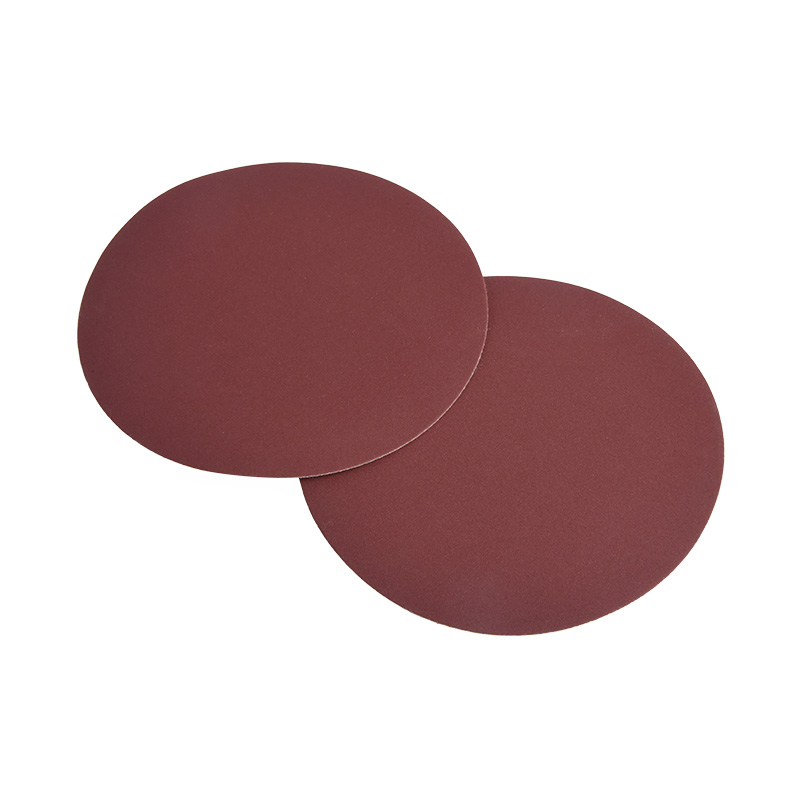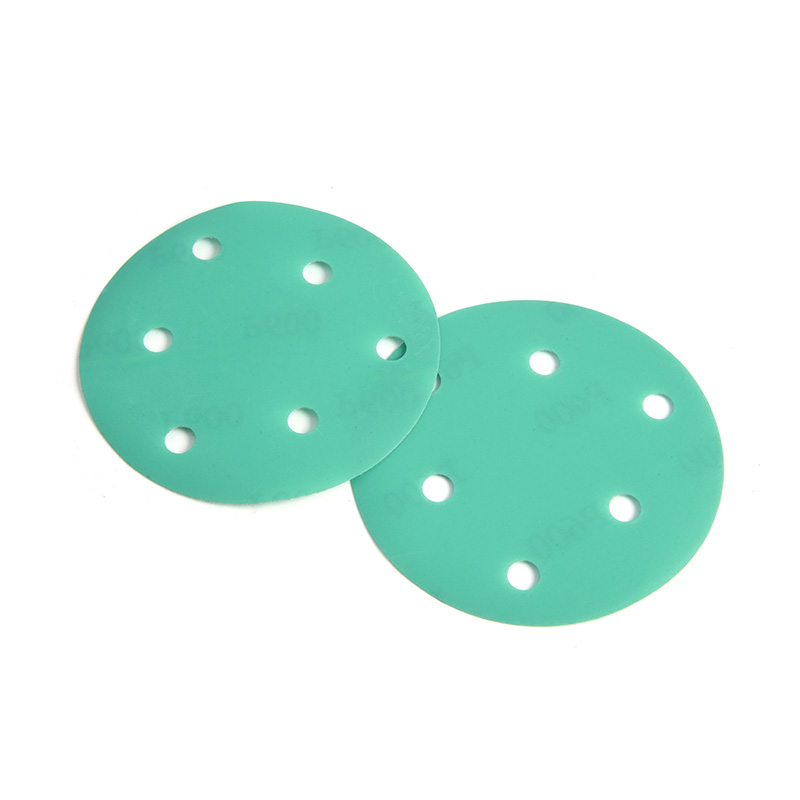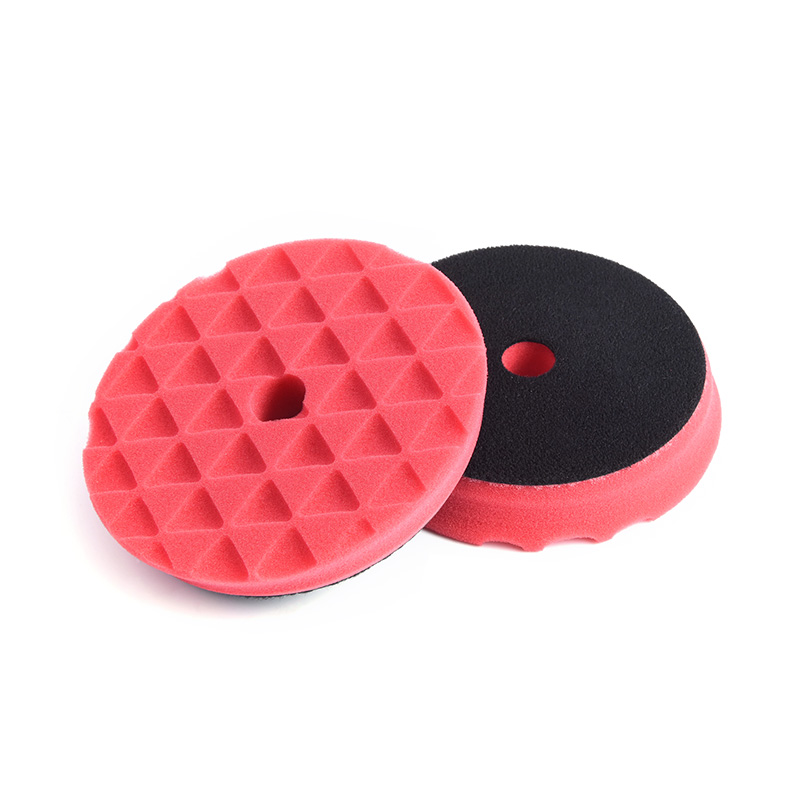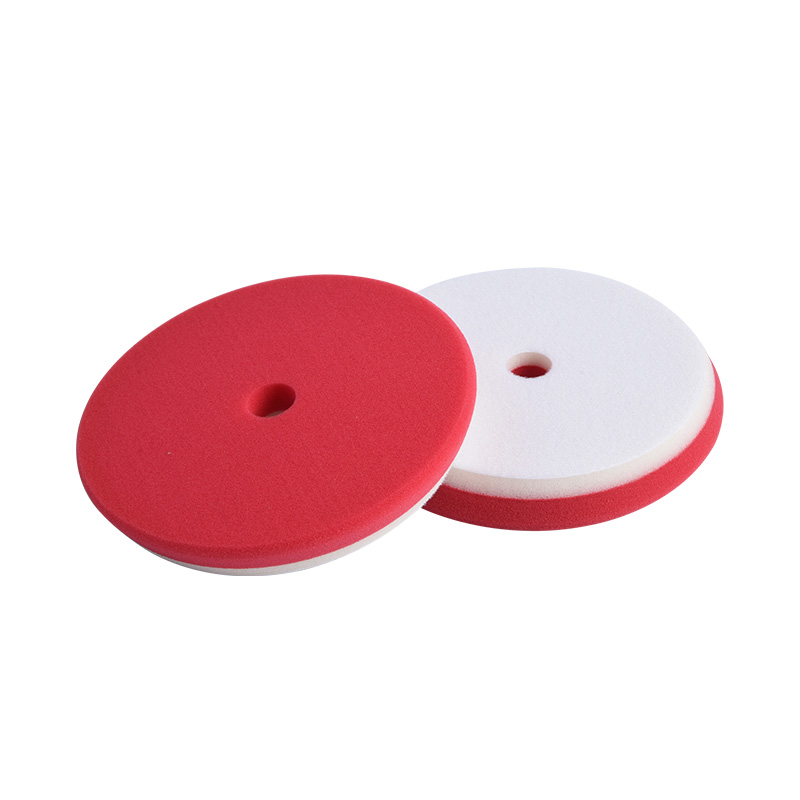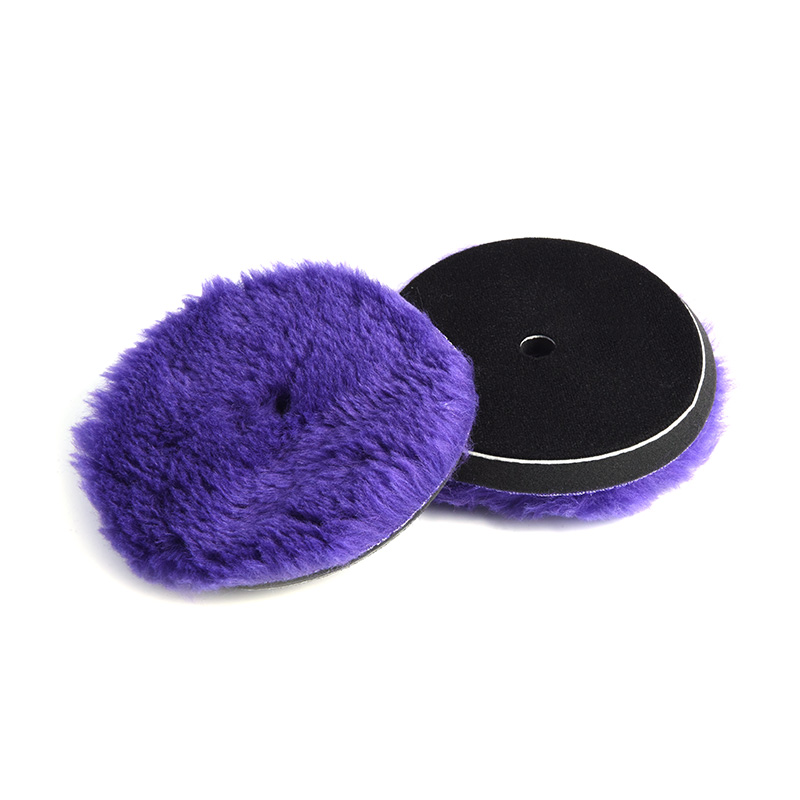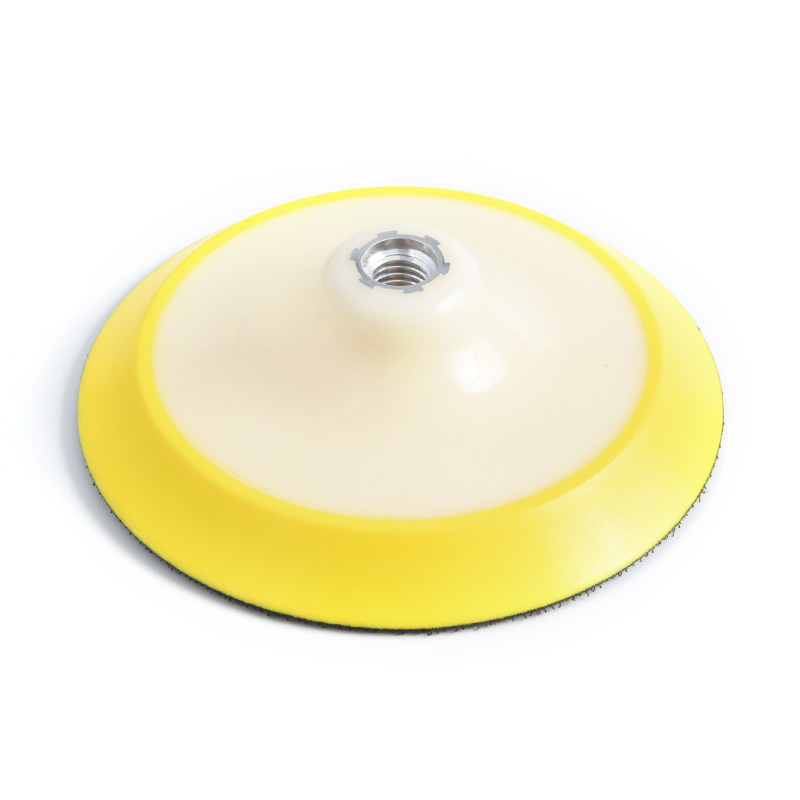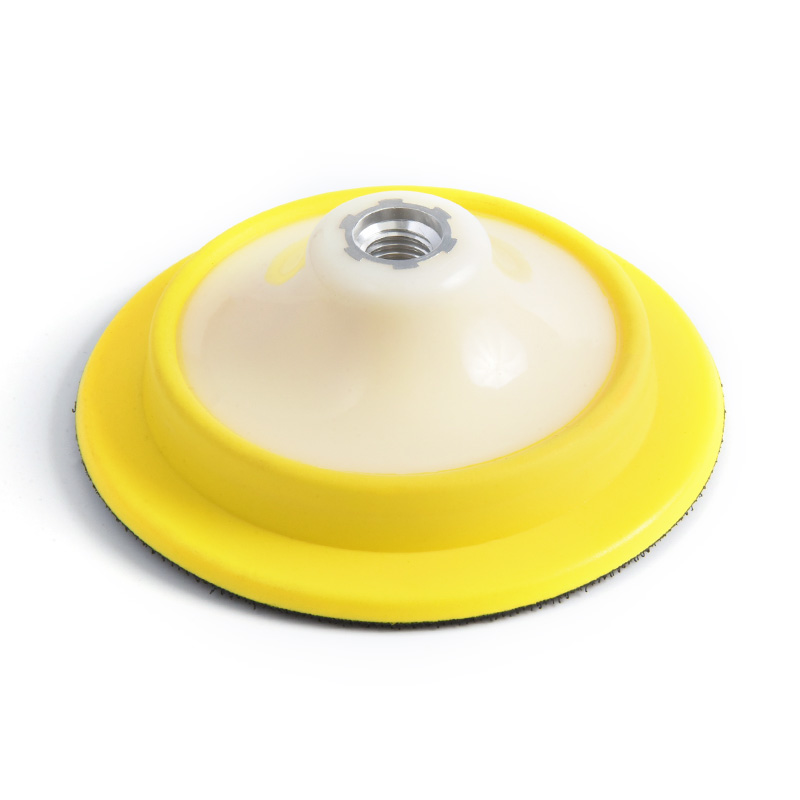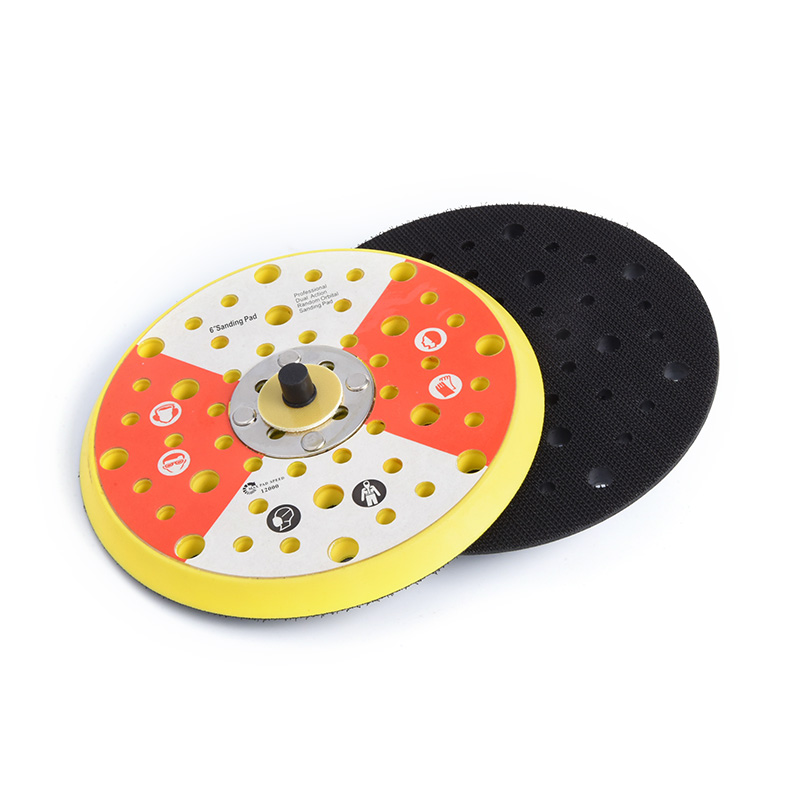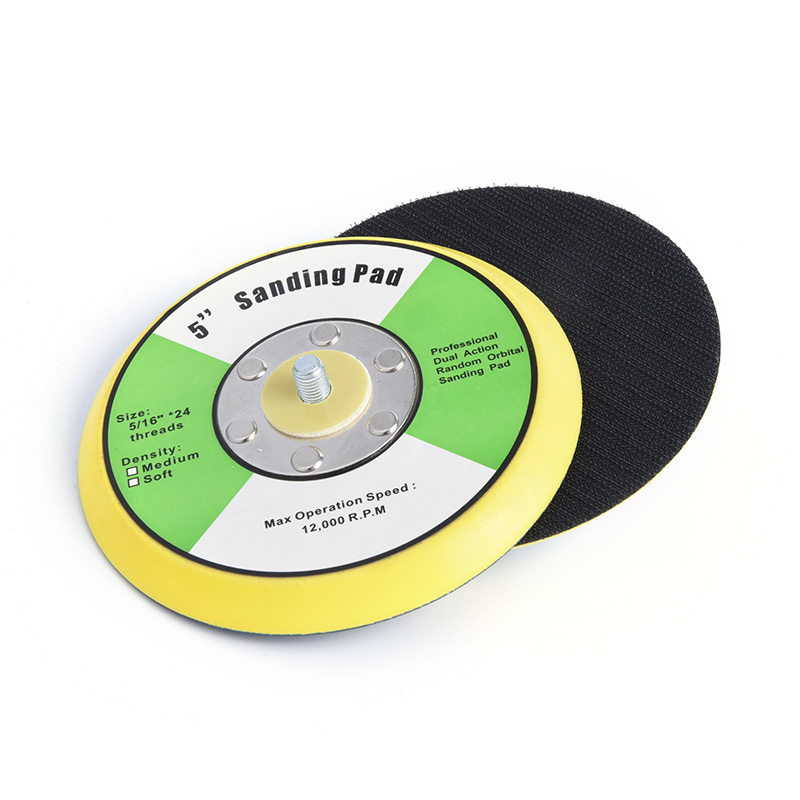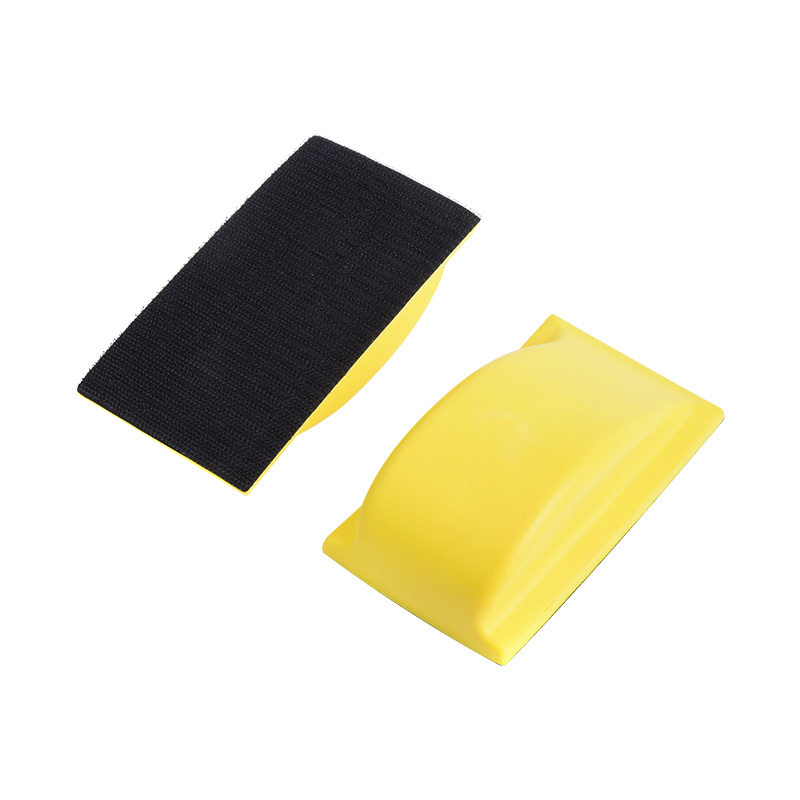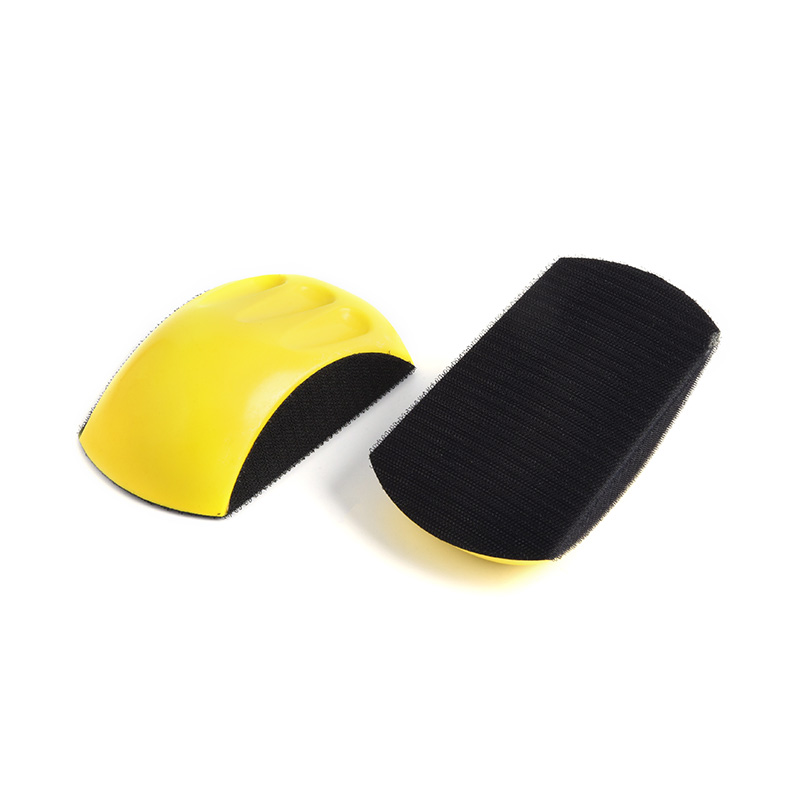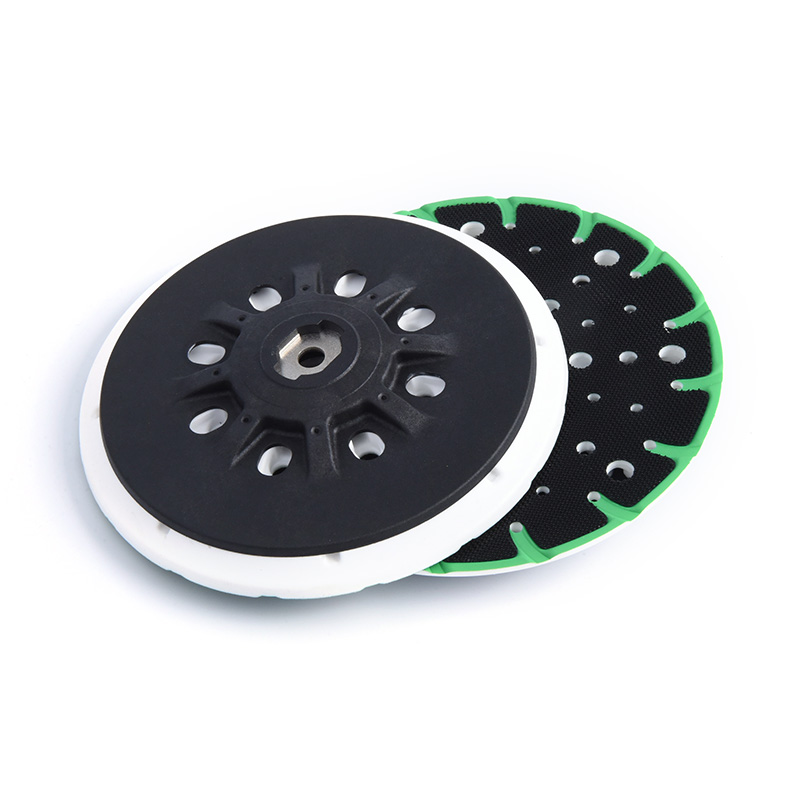Web Menu
Product Search
Exit Menu
How does the thickness of the wool polishing pad affect the polishing effect?
Sep 24, 2024
The thickness of the wool polishing pad plays a vital role in the polishing process, which directly affects the polishing effect and the quality of the final surface. Thicker wool polishing pads can provide a larger contact area during the polishing process, which helps to reduce the pressure concentration points during the polishing process, thereby making the polishing more uniform. This is especially important for applications that require a highly uniform polished surface, such as automotive glass and high-end jewelry polishing.
A wool polishing pad with moderate thickness can balance the pressure distribution and heat transfer during the polishing process, thereby improving the polishing efficiency. A polishing pad that is too thin may not be able to carry enough polishing agent or withstand the pressure during polishing, resulting in inefficient polishing; while a polishing pad that is too thick may increase the resistance during the polishing process and reduce the polishing speed.
The thickness of the wool polishing pad also affects the roughness of the polished surface. Generally speaking, thicker polishing pads help reduce scratches and pits during the polishing process due to their larger contact area and better cushioning performance, thereby obtaining a smoother and more delicate surface. However, this also requires adjusting the thickness of the polishing pad according to the specific application scenario and polishing requirements.
In some cases, when deeper scratches or surface defects need to be removed, a slightly thicker wool polishing pad may be required. This is because thicker polishing pads can carry more polish and pressure, thereby removing surface materials more effectively. However, it should be noted that too thick polishing pads may also cause over-polishing and damage the substrate.
The thickness of the wool polishing pad also affects its adaptability and flexibility during use. Thinner polishing pads are more adaptable to complex curved surfaces and irregularly shaped surfaces, while thicker polishing pads may produce larger pressure differences and uneven polishing on these surfaces.
The thickness of the wool polishing pad has a significant effect on the polishing effect. When choosing a wool polishing pad, it is necessary to select the appropriate thickness according to the specific application scenario, polishing requirements and surface characteristics. At the same time, during use, it is also necessary to pay attention to controlling factors such as polishing pressure, speed and amount of polishing agent to obtain the best polishing effect.

 English
English 中文简体
中文简体